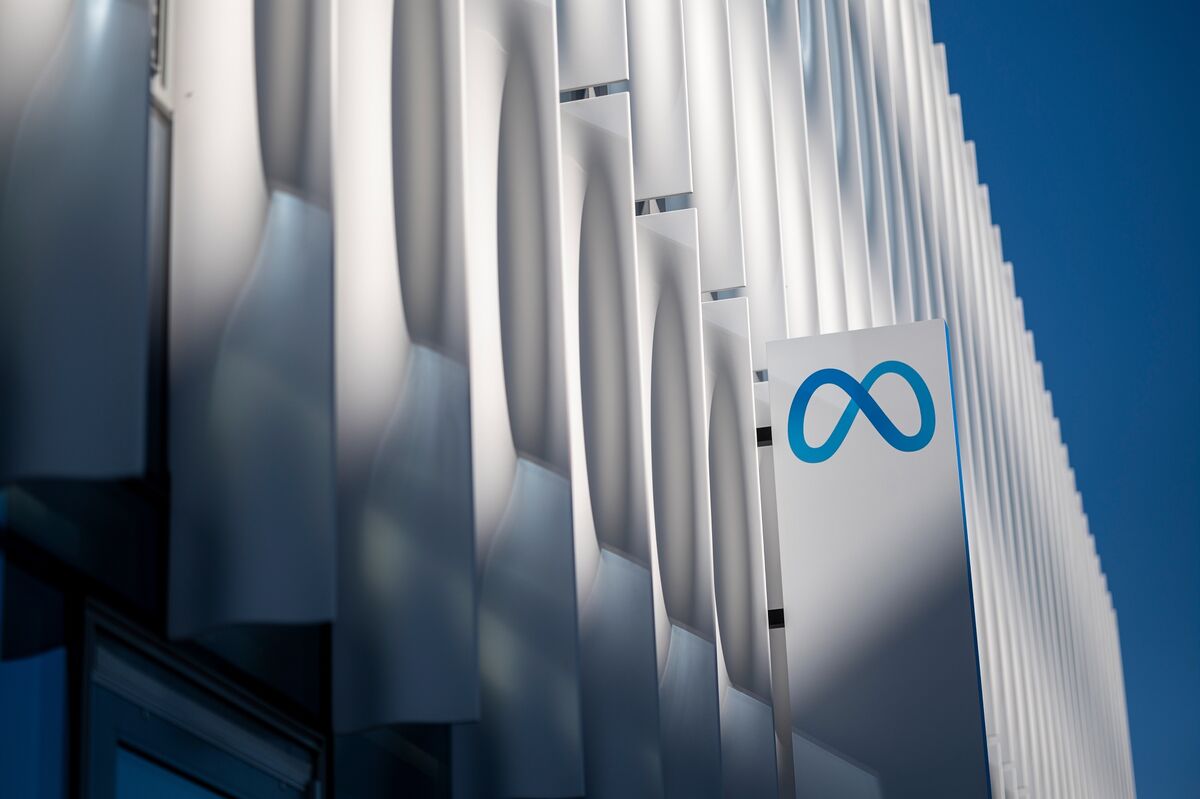Summary:
AI startups are adopting a "seed-strapping" strategy, focusing on profitability over traditional fundraising rounds
Venture capitalists are sitting on $500 billion in "dry powder", but IPO markets are just starting to thaw
Cloud computing and GPU costs have plummeted, making it cheaper to build profitable AI businesses
Examples like SecurityPal AI, Surge AI, and BrightAI show the success of this new approach
This shift is frustrating for investors but offers founders greater autonomy and financial upside
Investors Chasing AI Startups

Valuation, headcount, and total capital raised are the traditional markers of startup success. But what if that conventional wisdom is actually a relic of the SaaS era? AI startups that have asked that same question are now turning to a new, “seed-strapping” funding strategy to become profitable, keep their stake in the company, and avoid the notorious dilution treadmill of venture capital.
Instead of climbing the “Series A-to-IPO” ladder, this new cohort of AI founders is raising one seed round—if any—sprinting to profitability, and basically skipping the traditional follow-on rounds venture capitalists depend on for valuation mark-ups and expanded stakes.
Venture Math Has Flipped
Right now, venture capitalists are sitting on record amounts of unused capital, known as "dry powder," which has reached nearly $500 billion as of mid-2025. Yet IPO markets are just starting to thaw, while billion-dollar acquisitions—which were commonplace through 2021—have been scarce ever since rising interest rates and market uncertainty slowed deals in 2022.
Why AI Economics Have Changed
It's never been cheaper to build a profitable AI business. Cloud computing costs, particularly GPU prices essential for AI training, have been plummeting. At the same time, powerful open-source AI models like Meta's Llama have drastically lowered entry barriers, allowing lean, disciplined teams to deliver market-ready products rapidly.
A New Cohort of AI Entrepreneurs
- SecurityPal AI: Built a hybrid AI platform that pairs LLM agents with a team of 300 forward deploy analysts. Quickly became profitable, landing six- and seven-figure deals with Fortune 500s and top tech names.
- Surge AI: A bootstrapped data-labeling powerhouse, now generating over $1 billion annually.
- BrightAI: Bootstrapped itself to $80 million in annual revenue before accepting a single outside investment.
Why Investors Are Annoyed—And Founders Don’t Mind
Investors accustomed to frequent fundraising rounds and rapidly increasing valuations find seed-strappers frustrating because it chips away at the industry’s core sales pitch: raise aggressively and then raise again. Without further fundraising, investors can't increase valuations on paper, nor can they easily exit their investments.
What This Means for Entrepreneurs and Investors
For aspiring entrepreneurs, seed-strapping represents a path of greater autonomy, lower risk, and a higher financial upside. It challenges the assumption that startups must continuously raise capital to succeed. For investors, the game is shifting towards underwriting genuine cash-flow durability to an “earn more, own more” model that favors profitability over valuation.








Comments